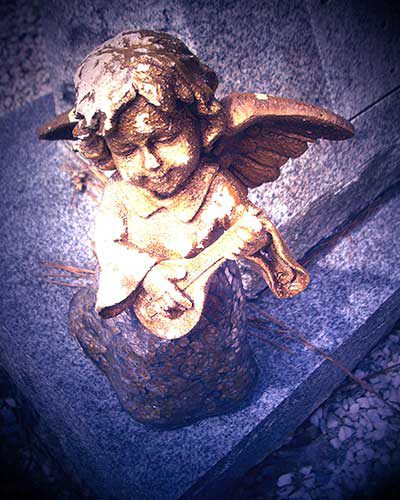Designing a headstone is an essential part of honouring a deceased loved one. However, there’s more to consider then you may realise; the cemetery regulations, setting a budget, choosing an appropriate design, and locating a reputable supplier.
Understanding the Cemetery Regulations
Each cemetery will have their own rules and guidelines for the size and type of headstones they will allow. Call the cemetery to inquire about what regulations they have for headstones; are there any size limitations or restrictions on the type of construction materials used? Confirming this with the cemetery before starting to design the headstone will save you much time and stress down the track.
Setting a Budget
When budgeting for a funeral, there are obvious costs like the service and the headstone, but there are a variety of other fees that are often not budgeted for. Installing a headstone is a difficult task and should be done by a professional. Some cemeteries will offer installation services; however, you may want to check what their installation fees are before deciding. Others may require you to find an outside source to install the monument safely. Inquire about installation costs and if this is a service the cemetery offers; they may try telling you that they are the only ones who can install the headstone. This is only to discourage customers from sourcing someone else to install the headstone for less. Other fees they may insist are necessary are the ongoing care of the monument, and other add-on services.
Before visiting a monument dealer, funeral home, or cemetery, set a budget. The average cost of a tombstone is between $1500 and $2000; establishing a budget can cut back on unneeded stress.
Something to consider; did your loved one set aside any money for funeral expenses? If so, determine whether part of this fund can be used toward purchasing a headstone and factor that into the budget.
Choosing an Appropriate Design
Taking a walk through a few cemeteries to have a look at the different shapes, sizes, materials, and designs others have chosen for their loved one’s headstones. This may help start to develop a rough idea for the design of the headstone. Take photos of any features you like to show to the cemetery, funeral home, or monument dealer.
Shape
Headstones come in a variety of types and styles; most common are upright, flat, and kerned. The traditional upright headstone is quite popular and is often made from granite, marble, or limestone; flat headstones are usually made of granite or bronze. A kerbed headstone has a more personalised appearance as it extends the full length of the grave.
Material
When choosing what material the headstone is to be crafted from, consider the longevity and durability of the material. Some of the more popular materials include:
Granite: affordable, hard and sturdy stone resistant to extreme environmental conditions.
Bronze: elegant and sophisticated appeal; easy to cast amazing designs, symbols, and lettering on these gravestones.
Marble: timeless look and is a highly durable material, available in a variety of colours
Limestone: will harden and discolour over time, which gives it a worn and weathered appearance
Finish
The finish of the material chosen for the headstone will affect its durability and appearance over time.
Polished: smooth and shiny; most churchyards won’t allow polished headstones as the reflective surface can look out-of-place among older stones
Part-polished: only polished or honed on the inscription and base area; everywhere else is either sawn, sanded, blasted or rubbed
Honed: smooth, yet unreflective; an effect that’s achieved by partially removing the polish with dust
Pitched: (rock pitch) finishes are created with a bolster and hammer; rustic and often used in older churchyards.
Epitaph
Most epitaphs are only a few sentences long and are a summary of the deceased loved one. It can summarise their personality, and the way they lived their life, or people often use passages from the bible, verses of poetry or memorable quotes. When choosing an epitaph and its font size, the size of the monument should be taken into consideration; a small headstone won’t fit a long epitaph.
Although limited, there are options for the font in which the epitaph and other information about your loved one are inscribed. Roman or Old English font give the headstone a very traditional look. Reserve italics for any epitaphs, quotes, religious text, and poetry to help it stand out.
 Images
Images
Some families may choose to include images along with the epitaphs written on their loved one’s headstone. Images such as religious iconography, animals, or flowers can reflect your loved one’s tastes, life accomplishments, and religious affiliation.
Once a design is chosen, ask for proofs of the final product before placing a deposit. If the supplier does not offer a proof, there’s nothing wrong with considering another supplier. If after viewing the first proof, the family is not happy with the outcome, ask for another rendering. Most suppliers will provide you with two or three proofs before adding on additional charges. This step is important to avoid ending up with a headstone that does not reach the family’s expectations.
Locating a Reputable Supplier
There are several options from where headstones can be purchased; cemeteries, funeral homes, monument dealers, and now-days even the internet. Ensure to take time when selecting a supplier and make sure the supplier has headstones that meet your guidelines. The highest prices are often charged by the cemeteries, followed by monument dealers and funeral homes.

